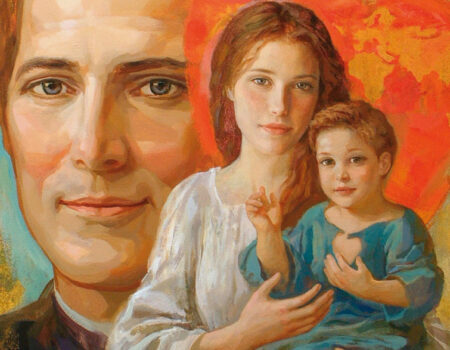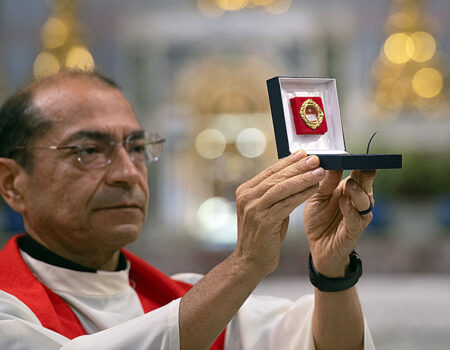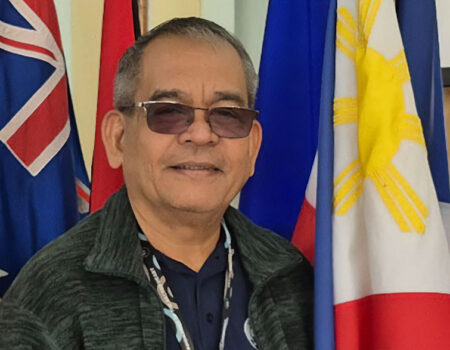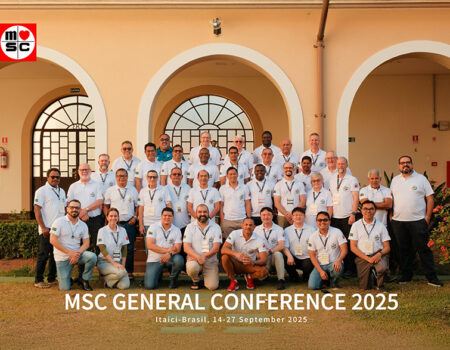Leo XIII’s request to Jules Chevalier: Create a ‘local Church’ in Papua New Guinea
Saturday October 11, 2025
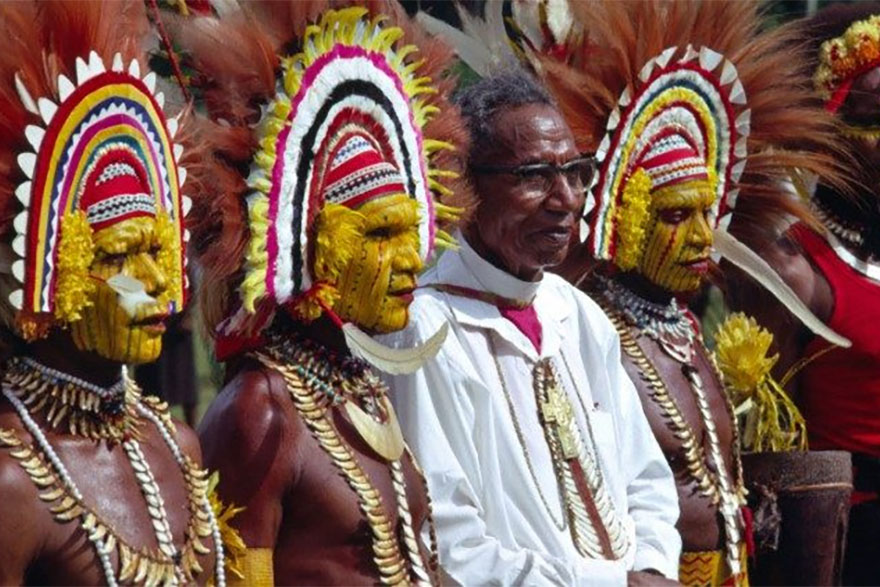
A report by the Missionaries of the Sacred Heart in collaboration with Vatican News on the proclamation of the Gospel among the Papuan tribes, the birth of the Catholic Church on the island, and the fruits that have come from the inculturation of the Good News.
Collaboration with Vatican News.
In 1881, Pope Leo XIII proposed to Father Jules Chevalier, founder of the Congregation of the Missionaries of the Sacred Heart (MSC), to send some members of his institution to the distant lands of Melanesia and Micronesia. It took thirteen months for the first missionaries, led by Father André Navarre, to arrive from Barcelona (Spain) and set foot on the island of Matupit, New Britain, in 1882. The conditions were so harsh and difficult that they were unable to establish themselves.
The second attempt was made in 1885, when Fathers Verius, Gasbarra and Marconi arrived on Yule Island and celebrated the first Eucharist on 4 July. With great effort, they established several missions on the south coast, among the Roro and Mekeo tribes, thus beginning the evangelisation of a place where Christ had never been heard of before.
At that time, clashes between tribes on the island were constant and cannibalism a common practice. Creating an atmosphere of peace was essential. The missionaries’ ingenious idea was to locate the mission between villages in order to act as mediators. In Papua New Guinea there were more than 600 tribes and 800 different languages, 12% of the world’s population.
Inculturation of the Gospel. Traditions are distinctly tribal, with beliefs based on superstitions, and witchcraft is pervasive and dominates daily life. Against this background, evangelisation focuses on creating a local Church integrated with society. They adapt and introduce Christian principles with the Melanesian worldview and gradually build churches and community centres, which become the pillars of the social and spiritual life of the communities. An example of this transition to Christianity is the fact that the first native priest, ordained bishop in 1970, Monsignor Louis Vangeke, msc, came from a family of sorcerers. Working closely with local leaders means that the missionaries’ initiatives are culturally accepted, since they always act with respect for the traditions and values of the communities. In fact, they learn their languages and customs. Father Xavier Vergés, msc translated all the liturgical texts into the Mekeo language.
The first native vocations. With the passage of time, the first vocations arrived. Priests, nuns, bishops, even a cardinal are native Papua New Guineans and the participation of lay people is significant. Such has been the integration and recognition of the missionaries by the Papuans that Bishop Alain de Boismenú, msc, bishop in 1899, was carved a commemorative totem pole in 1966 recognising him as ‘Koibia Aua’ (‘Chief Man’ in the Kuni language). The same recognition was given to Father Diaz, msc, upon his return. It is also noteworthy that the first native Blessed, Peter ToRot, Blessed Martyr MSC, is a relative of the present Bishop of Bereina (PNG), Bishop Rochus Tatamai, msc.
Thanks to that commission from Leo XIII, Papua New Guinea today has a local Church of its own.


